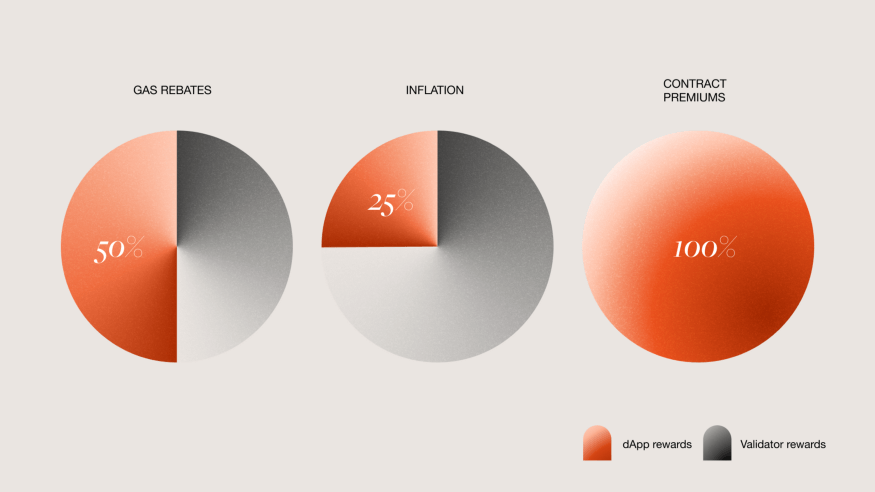What is Archway? The ultimate developer-centric platform

Archway is a blockchain that aims to boost the creation of next-generation cross-chain dApps by incentivising developers based on the value and impact of their dApps.
It is a new approach for building blockchains focused on developers, offering them all kinds of tools that optimize the development and construction needed for greater scalability and interoperability.
What is Archway?
Archway is a Proof-of-Stake blockchain based on Cosmos SDK, incubated in Tendermint, with support for WASM smart contract execution, which allows it to be multilingual, an API compatible with Web3 and a multichain communication that will exponentially increase its possibilities. In addition, it uses several modified modules, such as Minting, CosmWasm, Distribution, Staking, Group and Governance Cosmos, which manage the inflation and reward system.
It aims to facilitate the development process of projects by offering tools for the creation of dApps, as it believes there are more advantages to start implementing a dApp through a central logic such as a smart contract, rather than building the logic as a standalone Cosmos blockchain. Some of those advantages would be the reduction of economic, time and production costs.
Rewards in Archway
DApps can receive rewards based on a reward model similar to validators in a network, as they do not burn or distribute transaction fees only to validators; and they can receive rewards for contributions to the network; or for interaction with smart contracts. Additionally, dApps can manage their rewards independently.
The Archway model turns governance tokens into functional assets that generate profit, and helps with its reward management to counteract the initial financial pressures of project development by giving developer teams the ability to prioritise better technology rather than initiatives that simply cover the cost of launching a project.


Use cases
Among the use cases, the rewards generated by a dApp in Archway could contribute to a DAO to manage project funds, or even the DAO itself could be part of a set of smart contracts within the Archway framework to automate processes.
Another use case for this format would be DeFi projects, which could encourage user participation by using rewards as a continuous source of incentives in liquidity mining for example, or it could be applied to DEX by reducing the current network and exchange fees to a single fee. It could also be beneficial in lending platforms.
One of the dilemmas in Web3 is the cost of gas per transaction. Archway has a specific module that allows developers to fund users’ gas with a fee subsidy that allows the Web3 experience to be like any web or mobile application.
Due to the structure of Archway’s design, it can be stated that its main qualities are its speed, its scalability and the relative minimal environmental impact compared to PoW blockchains to which it reduces its consumption by 2M times.
The token ARCH
Archway’s native token, ARCH, is used for commission payments, staking and governance, promoting decentralisation and ensuring fair participation in decision-making and proposals.
Being a Proof of Stake (PoS) blockchain, a validator’s voting power will be greater the more ARCH tokens it stakes. These tokens can be self-delegated by the validator or by other ARCH holders.
Delegators will be those ARCH users who do not run their own node but will thus be able to access the rewards generated by their participation in the network’s activity by processing transactions.
Latest news
- 02/11/2021 - Docker support and should now be able to deploy smart contracts on the Titus and Constantine test networks, as well as test rewards.
- 09/03/2022 - New update: added tests and configured CI/CD pipeline, prepared CLI for Augusta testnet, refactored accounts command and tx command, added command to set contract group metadata.
- 15/04/2022 - Launch of Torii incentivised testnet. Duration 1 month.
- 09/05/2022 - Although the validation phase ended last week, the Torii programme is still running! All challenge submission forms are due by 20 May.
For more info on the Testnet challenges, take a look at Notion.





